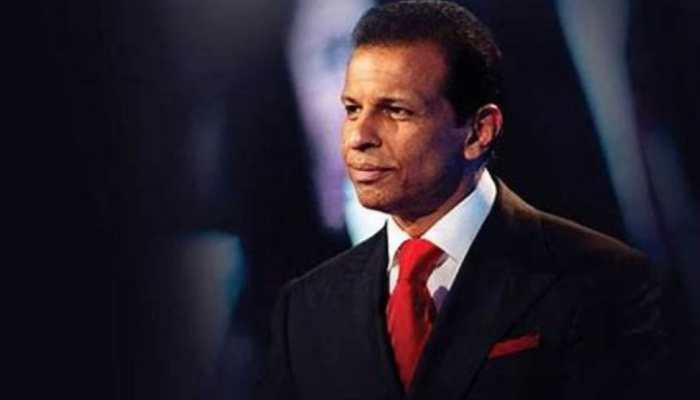Slow growth having a visible impact on payroll creation: SBI report
SBI Ecowrap report has said that payroll data reveals India could create at least 16 lakh less payrolls in FY20, and added that labour remittances are also declining.
Trending Photos
)
New Delhi: India`s economic growth is expected to expand at a slower rate of 5 per cent in FY20, which is "now having a visible impact" on payroll creation, a State Bank of India report said.
SBI Ecowrap report on Monday said that payroll data reveals India could create at least 16 lakh less payrolls in FY20, and added that labour remittances are also declining.
The report from the Economic Research Department of State Bank of India, authored by Dr Soumya Kanti Ghosh, Group Chief Economic Adviser, SBI, has clearly stated that the slow growth is now having a visible impact on payroll creation.
Brief highlights of the report:
The Indian economy is expected to expand at 5% in FY20 (SBI: 4.6%). The slow growth is now having a visible impact on payroll creation. In FY19, India had created 89.7 lakh new payrolls as per the EPFO data. In FY20, as per current projected this number could be at least 15.8 lakh lower.
The EPFO data primarily covers low paid jobs as the salary is capped at Rs. 15,000 per month. Government jobs, state government jobs and Private jobs are not part of this ambit as such data have moved to NPS beginning 2004.
Interestingly, even in the NPS category, State and Central Government are supposed to create close to 39,000 jobs less in FY20 as per current trends. Hence, the number of new payroll created in FY20 could be at least 16 lakh lower than in FY19. There are several trends that are apparent from the payroll data.
First, the payroll creation is the sum of existing and new payroll, with existing payroll the aggregation of extent of formalization and second job. New payroll is first payroll creation.
Second, the extent of formalization has declined steadily and is now currently at 9.5% of the overall payroll creation (11% in FY19). The extent of formalization could decline further and this implies that GST collections are unlikely to recover significantly towards the Rs 1.1 lakh crore threshold that the Government expects in coming months.
Third, the number of second payrolls is increasing significantly and this coupled with the projection of a lower new payroll creation in FY20 indicates the possibility that adequate new payrolls are not being created.
Fourth, the prospect of lower payroll creation in Government indicates that the Government is not recruiting new payrolls in lieu of retiring Government employees.
Fifth, we estimate that labour productivity growth was stagnant during FY15-FY19 using the RBI KLEMS data. Such low and stagnant productivity encourages over-borrowing by corporations and households, only to deleverage later. A similar logic applies to the social and political impact of low productivity growth. The moot point is that such deleveraging will only delay consumption growth.
Sixth, we find evidences of a decline in remittances by labourers to selected states in India in the last one year. These migrants have been making significant financial contributions to their families in their places of origin. The remittance data shows a decline in remittances in states like Assam, Bihar, Rajasthan Odisha & UP. It is possible that the delay in resolution cases under IBC may have prompted companies to downsize their contractual labourers.
Seventh, EPFO should take utmost care to remove the niggling problems with the EPFO data.
Stay informed on all the latest news, real-time breaking news updates, and follow all the important headlines in india news and world News on Zee News.
Live Tv







)
)
)
)
)
)
)
)
)
)
